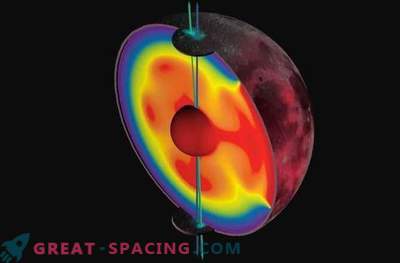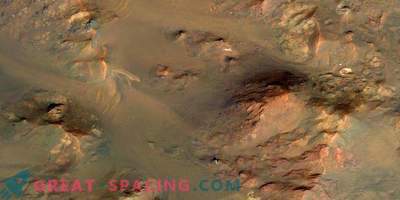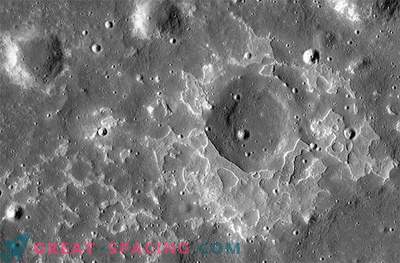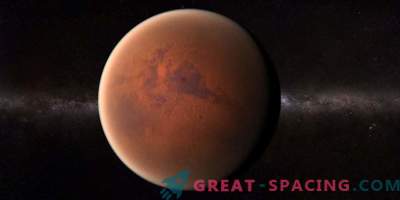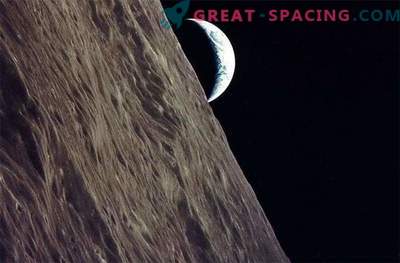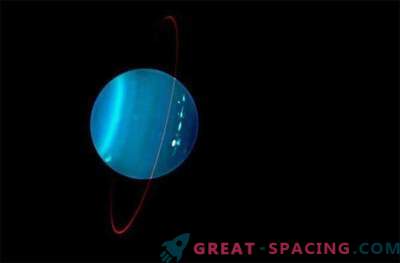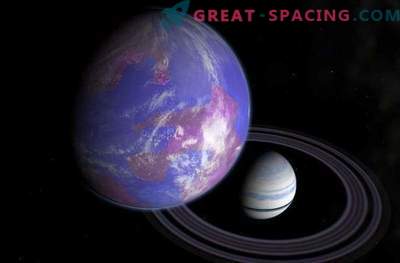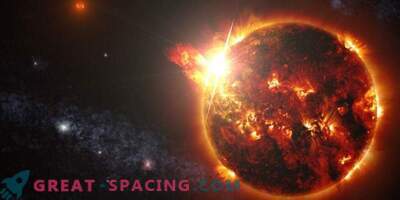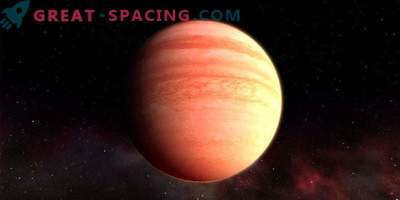
New data show that an atmospheric layer was present around the ancient moon 3-4 billion years ago, when powerful volcanic activity threw gases to the surface.
If you look at the satellite, you will see a huge amount of dark surface with volcanic basalt. These sites were called seas, and they formed when the inner lunar part was red-hot and created igneous jets. Analysis of samples from Apollo indicates the presence of gases, such as carbon monoxide and water ingredients.
In a new study, scientists calculated the gas volume entering the period of the eruption. Models show that they did not have time to disperse into space and formed an atmospheric layer. The maximum density is noted at the peak of volcanic activity - 3.5 billion years ago. And it should have been preserved for 70 million years.
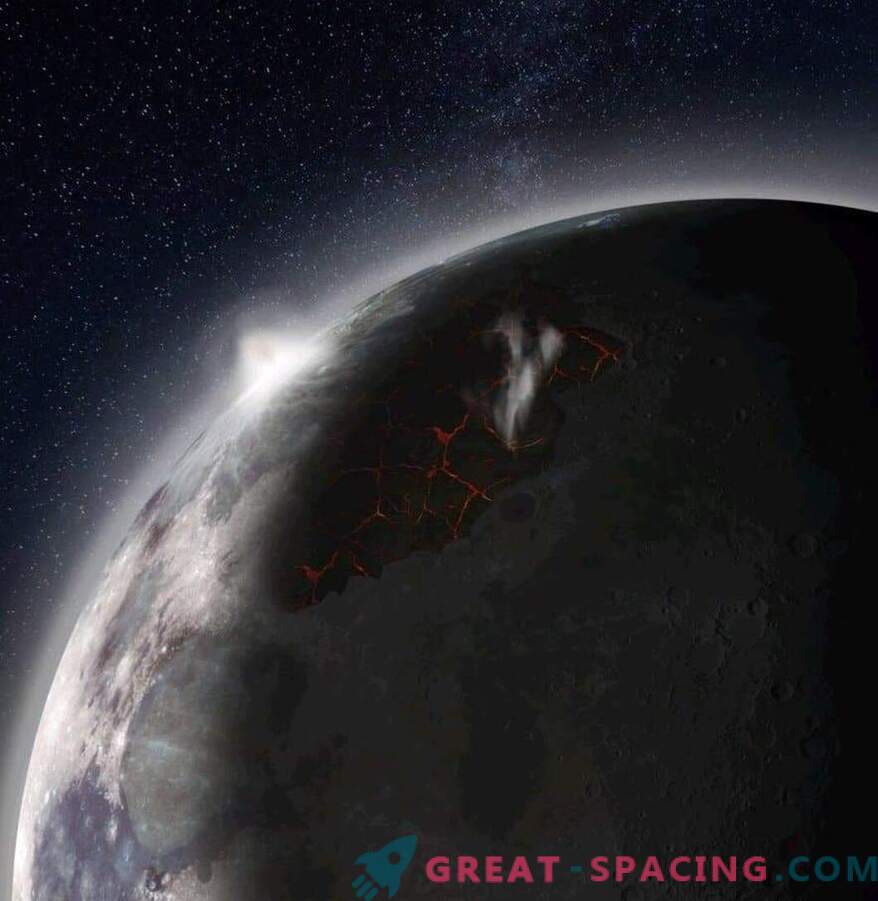
Artistic interpretation of the Imbrium moon basin view with lava eruptions and the formation of a visible atmosphere
The two largest impulses occurred 3.8 and 3.5 billion years ago, when the Serenitatis and Imbrium basins were filled. It is these specimens that arrived with the Apollo 15 and 17 missions.
The total amount of allocated H 2 O is twice the volume in Lake Tahoe. This explains why volatile gases are fixed at the poles. These data force us to take a different look at the seemingly cold and dead boulder. At the moment of the presence of the atmosphere, the Moon was located 3 times closer to the Earth.
Information can be used to search for ice deposits, which future colonists are able to transform into water, air and rocket fuel.
